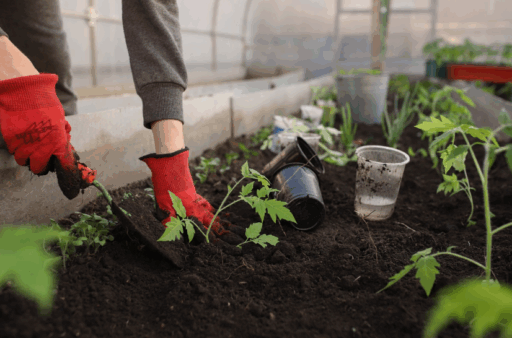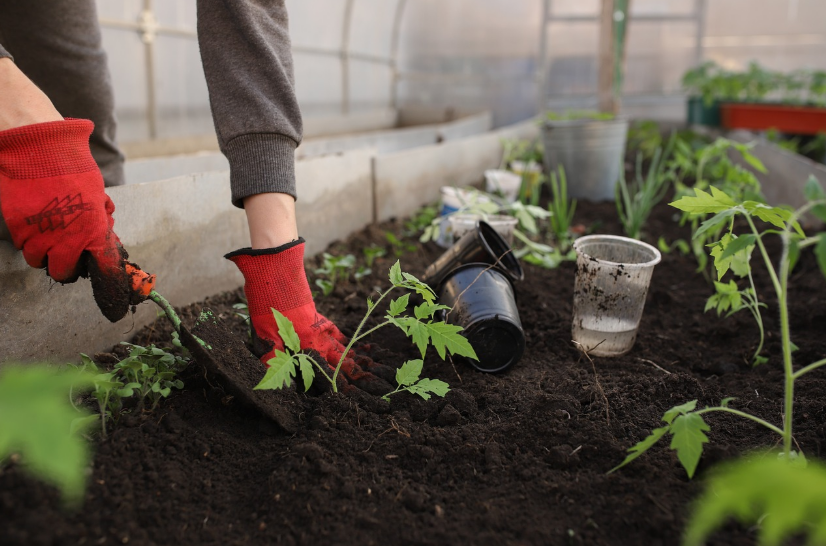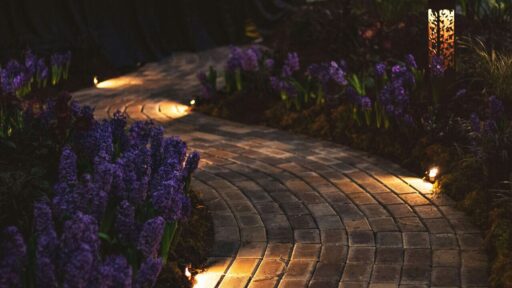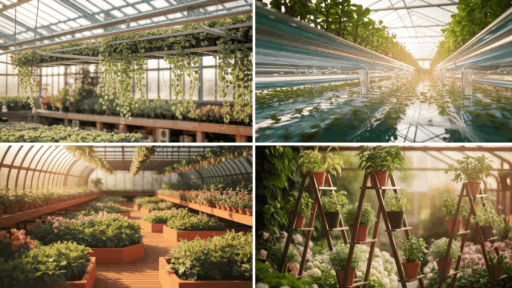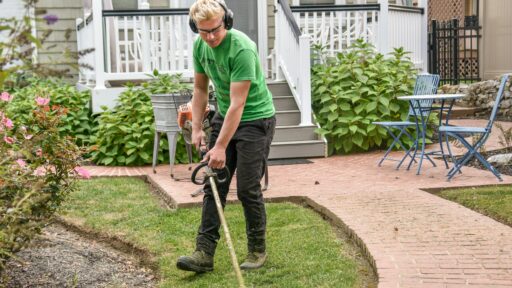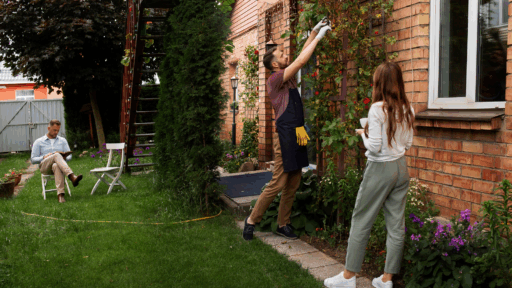Nothing frustrates gardeners more than discovering mysterious plant damage after carefully tending their outdoor spaces. You water, weed, and nurture your plants only to find nibbled leaves, overturned containers, or missing vegetables the next morning. The culprits often work under cover of darkness, leaving behind clues but rarely showing themselves.
Many gardeners assume they must choose between protecting their plants and maintaining an attractive outdoor space. However, effective garden protection can actually enhance your garden’s beauty while keeping unwanted visitors at bay. The key lies in understanding which animals visit your garden and implementing humane deterrent methods that complement your design vision.
Understanding Your Nighttime Garden Ecosystem
Gardens naturally attract nocturnal animals for three main reasons: food, water, and shelter. Your carefully cultivated space provides exactly what these creatures need to survive. While some visitors cause damage, others actually benefit your garden by controlling harmful insects and pests.
The key to successful garden protection involves distinguishing between helpful and problematic visitors. Some animals deserve encouragement, while others require gentle discouragement. Understanding these differences helps you create targeted strategies that protect vulnerable plants without disrupting beneficial relationships.
Seasonal patterns also influence animal behavior. Spring brings hungry animals emerging from winter, while fall activity increases as creatures prepare for colder months. Summer often sees the highest activity levels, particularly during drought conditions when natural food sources become scarce.
Common Nighttime Garden Visitors
Raccoons
Raccoons cause some of the most frustrating garden damage. These intelligent creatures overturn containers, scatter mulch, and raid vegetable gardens with particular enthusiasm for corn and fruit. They possess nimble hands that can open latches and remove protective covers with surprising ease.
Look for distinctive paw prints that resemble tiny human hands. Raccoons often leave scattered debris and overturned items as calling cards. They particularly target areas near water sources and are drawn to pet food left outdoors.
Opossums
Before labeling opossums as garden pests, consider asking yourself “what do opossums eat” in your outdoor space. Their diet consists primarily of insects, grubs, snails, small rodents, and fallen fruit. This makes them excellent natural pest controllers that actually benefit most gardens.
Opossums occasionally cause minor damage when digging for grubs or eating low-hanging fruit, but their pest control services usually outweigh these minor inconveniences. You might notice small holes in garden beds where they’ve hunted for insects or missing fruit that has fallen to the ground.
Deer
Deer create some of the most visible garden damage through their browsing habits. They prefer tender new growth, flowers, and vegetables, often leaving behind cleanly browsed stems. Deer damage typically appears higher off the ground than rabbit damage and affects a wider variety of plants.
These visitors often travel in groups, so damage usually appears in multiple areas simultaneously. They’re particularly problematic during dry periods when natural vegetation becomes scarce.
Rabbits
Rabbits leave behind distinctively clean cuts on plant stems, typically within two feet of the ground. They prefer tender seedlings and young plants, making them particularly troublesome in vegetable gardens and flower beds with new plantings.
Small, round droppings scattered throughout garden beds indicate rabbit activity. Unlike deer, rabbits work closer to the ground and often target the same plants repeatedly.
Aesthetic Deterrent Strategies
Beautiful Barrier Plants
Create natural deterrents by incorporating plants that animals naturally avoid. Aromatic herbs like lavender, rosemary, and mint not only smell wonderful to humans but discourage many garden pests. Thorny roses and barberry bushes provide attractive borders while creating physical barriers.
Design these deterrent plants into your existing garden scheme. A border of lavender along walkways serves dual purposes, providing beautiful color and fragrance while protecting more vulnerable plants behind it.
Stylish Physical Barriers
Modern garden design offers numerous attractive barrier options. Decorative metal fencing can complement contemporary garden styles while keeping larger animals out. Raised beds provide protection from ground-dwelling animals while adding structure and visual interest to your space.
Consider creative uses for trellises and garden structures. A beautiful pergola or arbor can support climbing plants while creating a partial barrier that discourages animal movement through specific areas.
Strategic Lighting Solutions
Solar garden lights serve double duty by illuminating pathways and deterring nocturnal visitors. Motion-sensor lighting startles animals without requiring constant electricity use. String lights and pathway lighting create ambiance for human enjoyment while making spaces less appealing to wildlife.
Position lights to eliminate dark corners where animals feel secure. Well-lit gardens appear more active and occupied, naturally discouraging wildlife activity.
Scent-Based Solutions
Natural repellent strategies can integrate seamlessly into garden design. Many aromatic plants that smell pleasant to humans repel animals. Essential oils applied to garden borders provide temporary but effective deterrents without harming plants or soil.
Household items like coffee grounds and citrus peels work as mild deterrents while adding organic matter to soil. These methods require regular reapplication but cost very little and avoid chemical treatments.
Commercial organic repellents offer longer-lasting solutions while remaining safe for plants, pets, and beneficial insects. Rotate different scent-based deterrents to prevent animals from becoming accustomed to specific smells.
Garden Design Modifications
Remove attractions that draw unwanted visitors to your garden. Secure garbage containers, bring pet food indoors, and maintain proper composting practices that don’t attract scavengers.
Strategic plant placement minimizes damage by keeping vulnerable species in protected areas. Create buffer zones using plants that animals find less appealing, positioning them between animal entry points and prized specimens.
Container gardening offers another protection strategy for particularly valuable or vulnerable plants. Beautiful containers can enhance garden design while providing mobility and protection for sensitive species.
Implementation and Maintenance
Effective garden protection requires patience and consistency. Most deterrent methods need time to become fully effective, and animals may test boundaries before accepting new limitations.
Start with the least invasive methods and gradually increase deterrent intensity if needed. Monitor which strategies work best in your specific situation and adjust accordingly. Remember that what works in one garden may require modification in another based on local wildlife populations and garden conditions.
Successful garden protection enhances rather than detracts from outdoor beauty. By choosing methods that complement your design vision and working with natural animal behaviors, you can create a thriving garden that satisfies both human aesthetic desires and practical protection needs.

